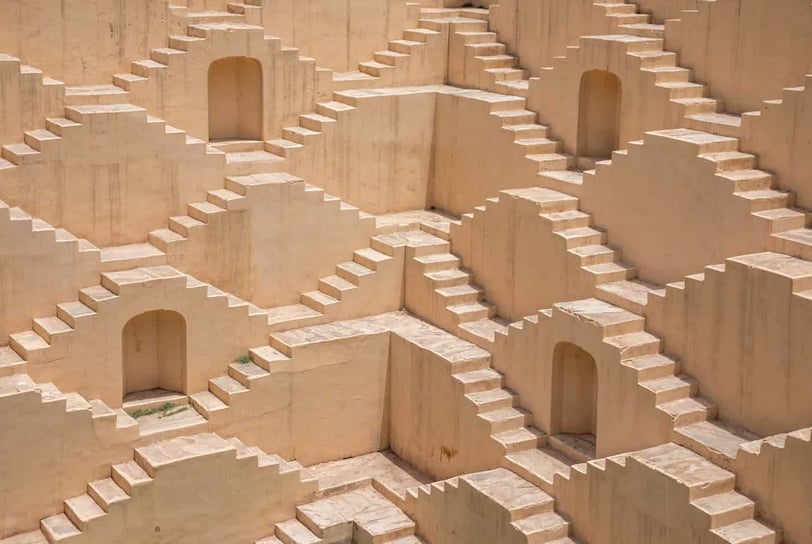The Art of Architectural Photography: Capturing the Essence of Built Spaces
ARCHITECTURE
6/24/20243 min read


Architectural photography, a specialized genre within the broader field of photography, focuses on capturing the beauty, complexity, and function of buildings and other built environments. It is an art form that requires a keen eye for detail, a deep understanding of architectural principles, and the technical skill to translate three-dimensional spaces into compelling two-dimensional images.
Historical Context
Architectural photography has a rich history that dates back to the early days of photography itself. In the 19th century, pioneers like William Henry Fox Talbot and Édouard-Denis Baldus began to document buildings and urban landscapes, helping to preserve and share the grandeur of architectural achievements. These early efforts laid the groundwork for architectural photography as a distinct and respected genre.
The Essence of Architectural Photography
At its core, architectural photography aims to convey the character and aesthetic of a structure. This involves more than just taking a picture of a building; it requires an understanding of how to use light, shadow, perspective, and composition to highlight architectural features and create an evocative image.
Key elements that architectural photographers consider include:
Perspective and Composition: The way a building is framed within a photograph can dramatically impact how it is perceived. Techniques such as leading lines, symmetry, and the rule of thirds help create balanced and visually appealing compositions.
Light and Shadow: Natural light can transform the appearance of a building. Architectural photographers often work during "golden hours" (shortly after sunrise or before sunset) when the light is soft and warm, casting dramatic shadows and highlighting textures.
Detail and Texture: Close-up shots of architectural details like ornate carvings, material textures, and unique design elements can add depth and interest to a portfolio.
Context and Environment: Placing a building within its environment helps to tell a story about its function and place within a larger landscape or urban setting.
Technological Advancements
Modern technology has revolutionized architectural photography. High-resolution digital cameras, advanced lenses, and editing software allow photographers to capture and enhance details with incredible precision. Drones have also become an invaluable tool, enabling aerial shots that provide unique perspectives of buildings and their surroundings.
Post-production techniques, such as HDR (high dynamic range) imaging and panorama stitching, enable photographers to overcome challenging lighting conditions and capture wide, expansive views. These advancements have expanded the creative possibilities within architectural photography.
Contemporary Trends
Several trends are currently shaping the field of architectural photography:
Minimalism: A focus on clean lines, simple compositions, and a reduction of visual clutter has become popular. This approach emphasizes the inherent beauty of architectural forms and materials.
Sustainability: With the growing emphasis on sustainable architecture, photographers are highlighting eco-friendly buildings and green spaces. Images often showcase features like solar panels, green roofs, and innovative use of sustainable materials.
Human Scale: Including people in architectural photographs can provide a sense of scale and livability. This trend emphasizes the relationship between architecture and its users, making spaces feel more relatable and functional.
Night Photography: Capturing buildings under artificial light or during twilight hours can reveal different aspects of their design. This technique is particularly effective for showcasing the lighting design and ambiance of structures.
The Art of Capturing Architecture
Architectural photography requires a blend of technical skill and artistic vision. Successful photographers need to understand both the science of photography and the principles of architecture. They must be patient and meticulous, often waiting for the perfect light or spending hours setting up a shot to ensure every detail is captured accurately.
Photographers like Julius Shulman, known for his iconic images of mid-century modern architecture, and Iwan Baan, famous for his humanistic approach to architectural photography, have set high standards in the field. Their work demonstrates the power of photography to shape our understanding and appreciation of architecture.
Conclusion
Architectural photography is more than a documentation tool; it is a powerful medium for interpreting and celebrating the built environment. By combining technical expertise with artistic sensibility, architectural photographers play a crucial role in how we see and experience architecture. As the field continues to evolve with technological advancements and changing aesthetic trends, architectural photography will remain a vital form of visual art that inspires and informs.
